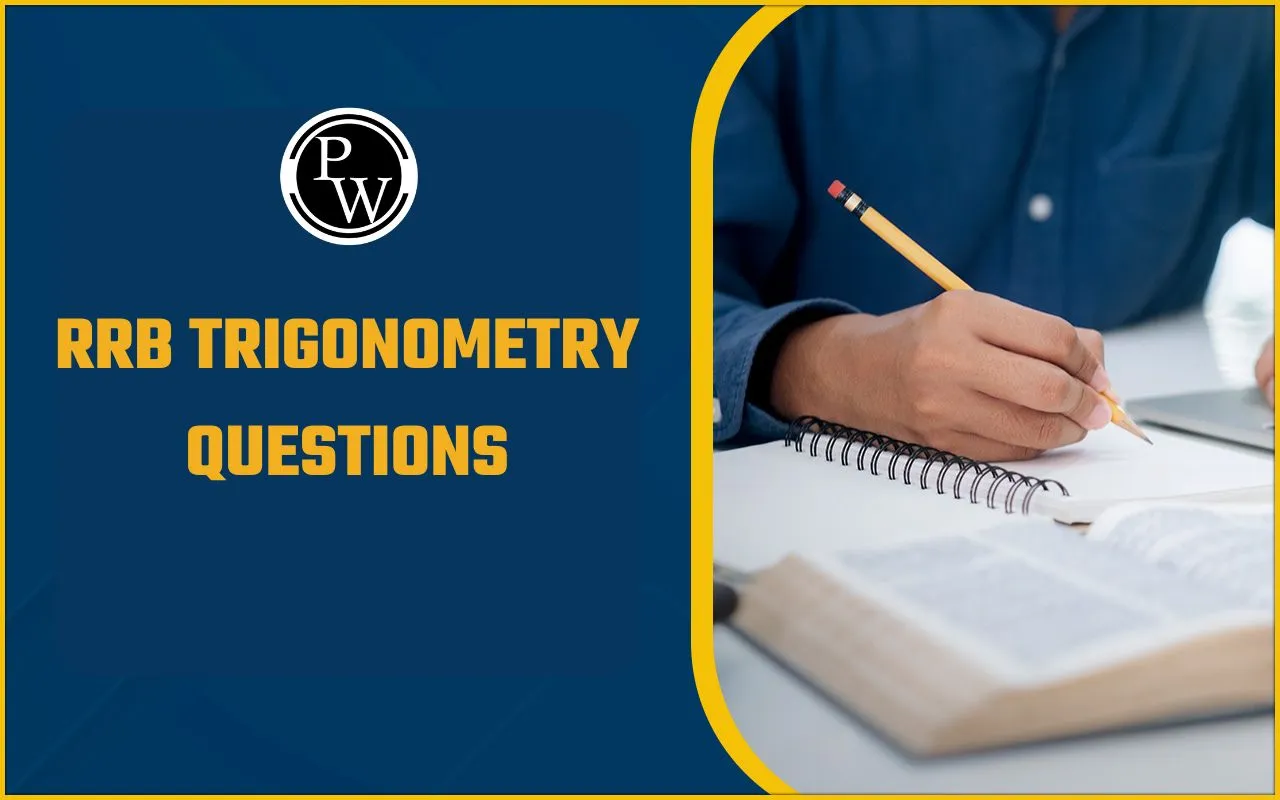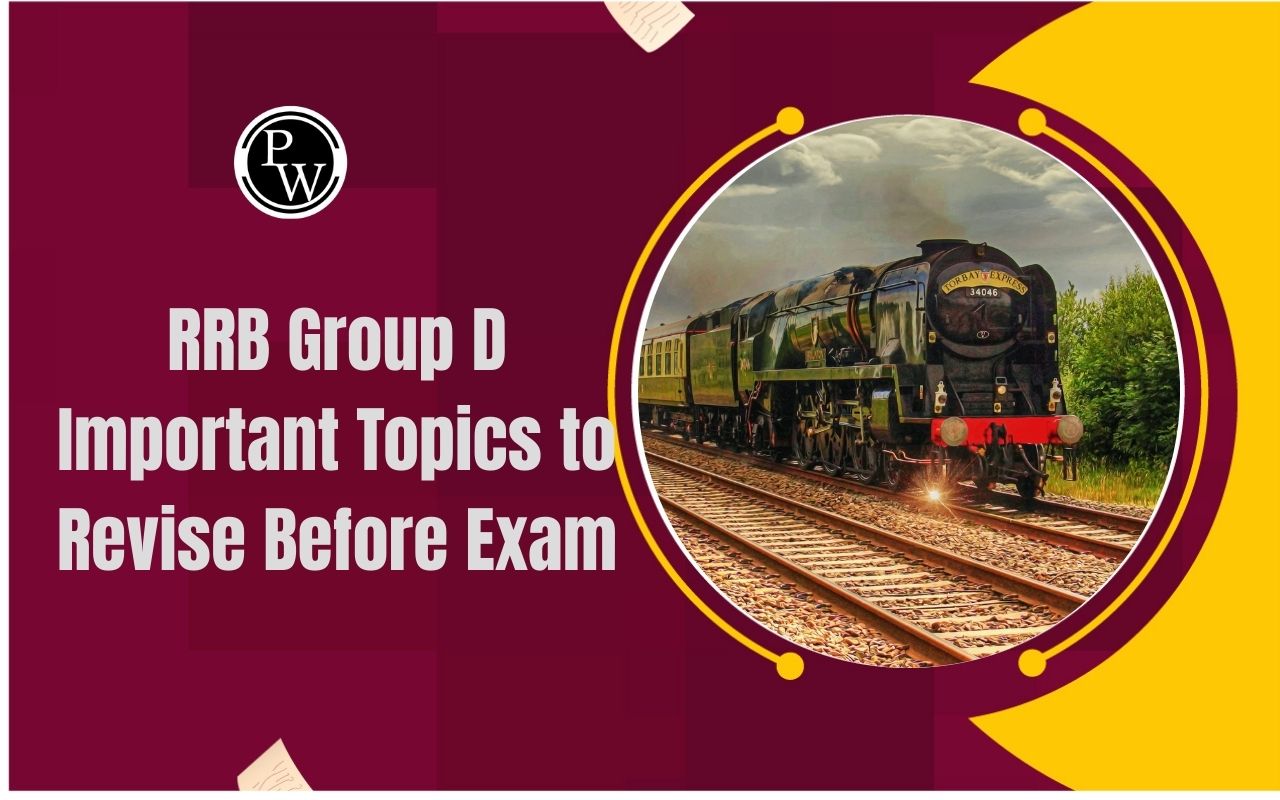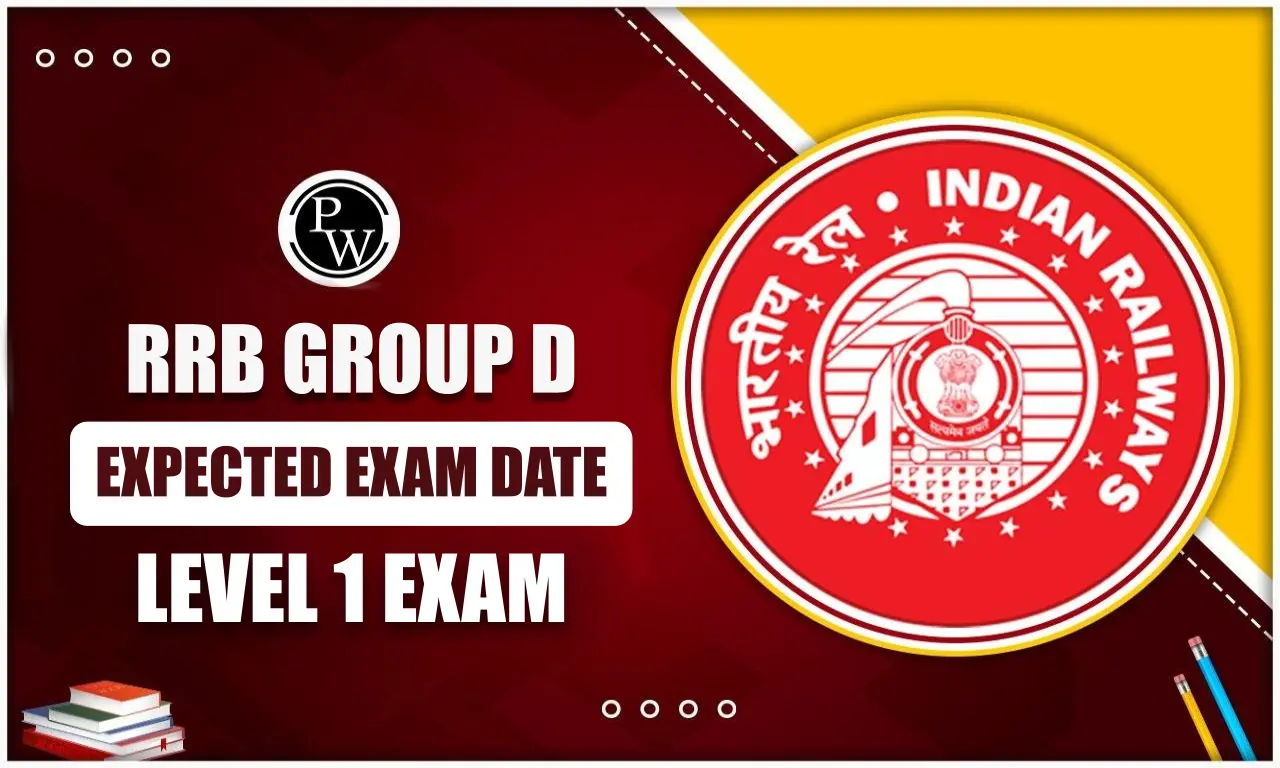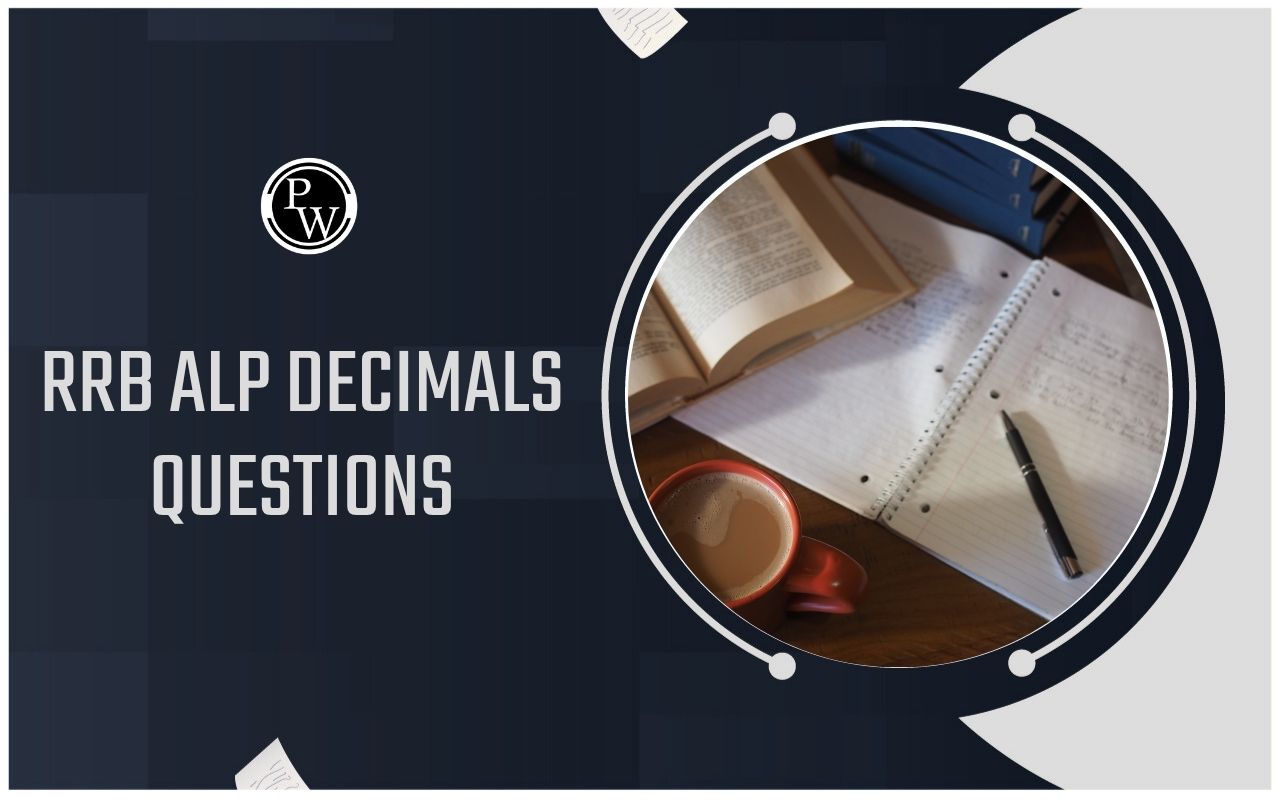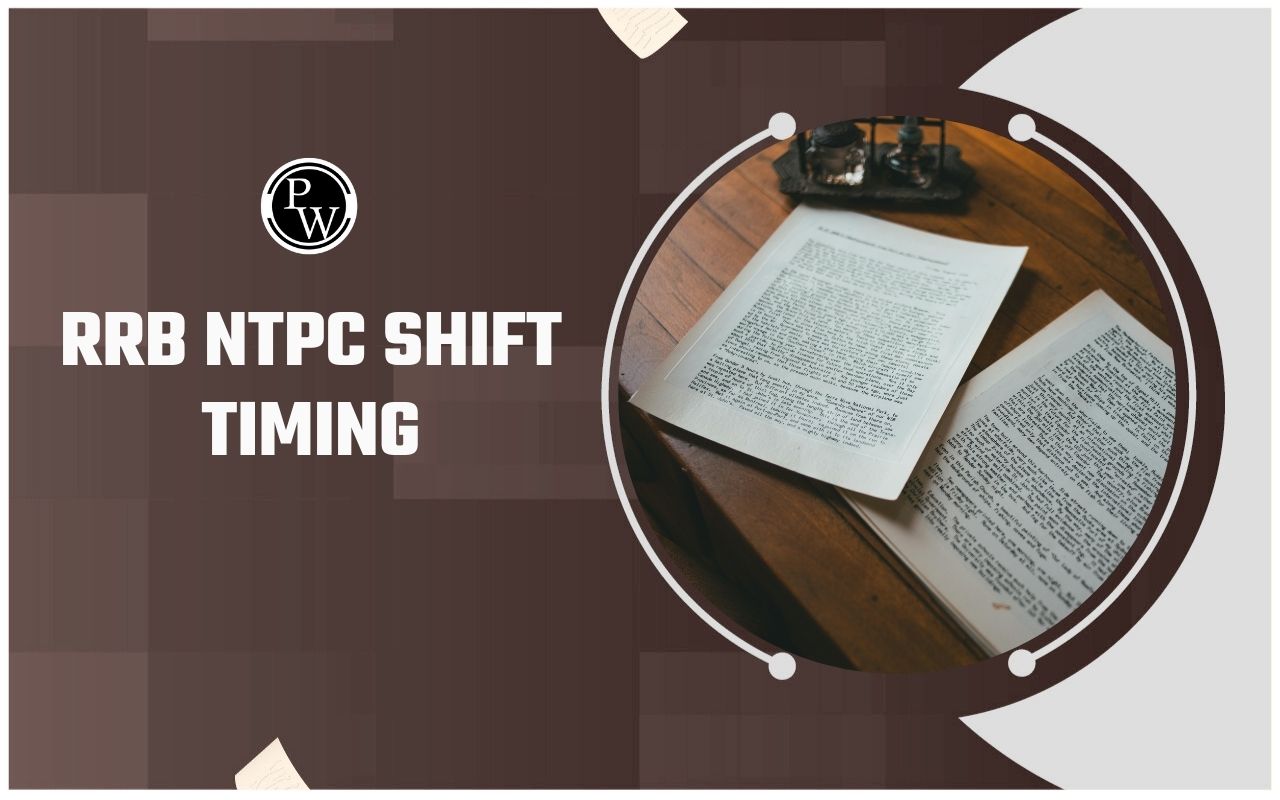
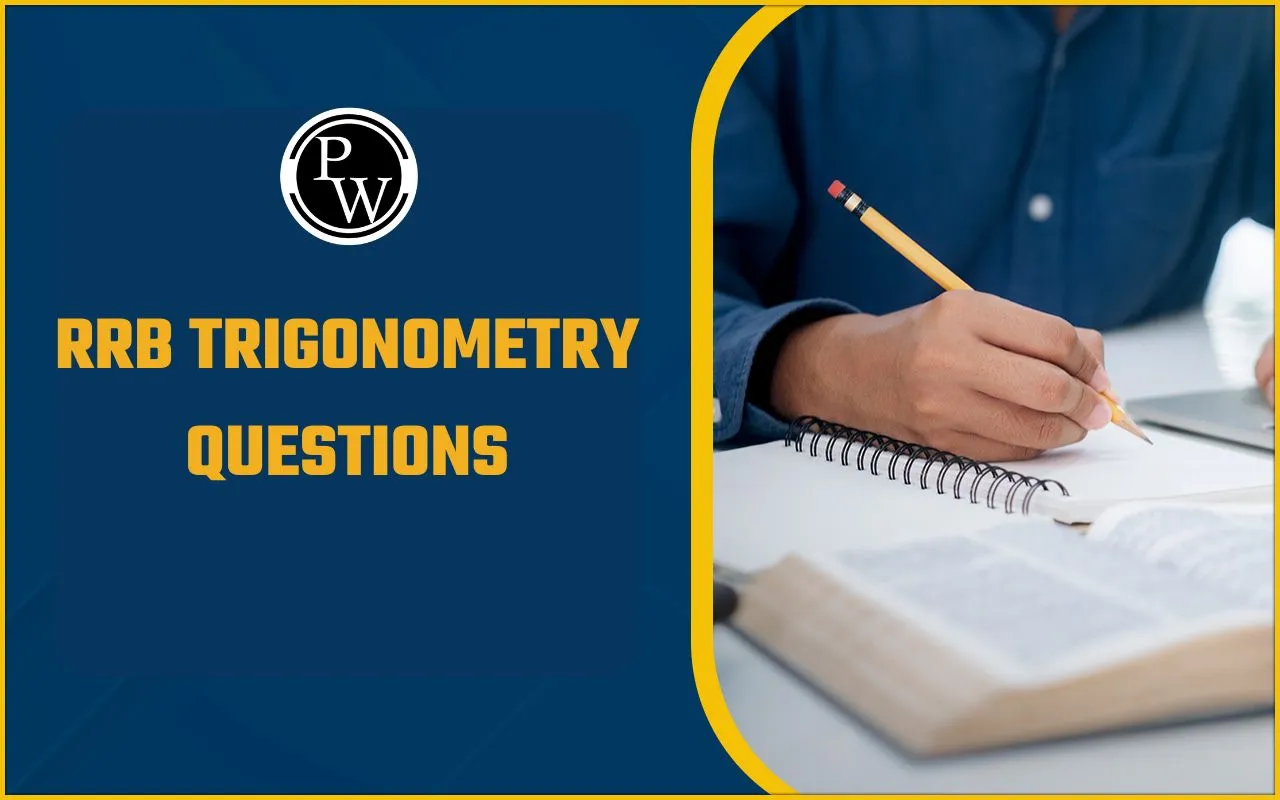
RRB Trigonometry questions test a candidate’s understanding of fundamental trigonometric concepts used in railway exams like RRB NTPC, Group D, and ALP. These questions cover topics such as trigonometric ratios, identities, heights and distances, complementary angles, and simplification using formulas like sin²θ + cos²θ = 1.
Most problems are based on direct formula application or short tricks for quick solving. Accuracy and speed are important since the questions are generally easy to moderate in difficulty. Understanding these identities, value tables (0°, 30°, 45°, 60°, 90°), and angle relationships helps candidates score high in this section and helps in scoring better marks in the quant section.
RRB Trigonometry Questions PDF
Download the RRB Trigonometry Questions PDF from the link below to practice the most important questions asked in RRB NTPC, Group D, and ALP exams. These questions will help you understand the type of questions asked in the exam and perform better in the exam.
Trigonometry PDF includes formulas, solved examples, and previous year questions to help you improve accuracy and speed in the mathematics section. Check below to download:
|
RRB Trigonometry Questions PDF |
|
|
RRB Trigonometry Questions PDF in English |
|
|
RRB Trigonometry Questions PDF in Hindi |
|
Important RRB Trigonometry Formulas for Quick Revision
Trigonometry is an important part of the RRB Mathematics syllabus, and remembering key formulas can save valuable time in exams.
These formulas help solve questions on heights, distances, and angles quickly and accurately. Check below for a complete list of important RRB Trigonometry formulas for quick and effective revision.
|
Important RRB Trigonometry Formulas for Quick Revision |
||
|
Category |
Formula / Identity |
Description / Notes |
|
Basic Ratios |
sin θ = Perpendicular / Hypotenuse |
Defines sine ratio in a right-angled triangle |
|
cos θ = Base / Hypotenuse |
Defines cosine ratio |
|
|
tan θ = Perpendicular / Base |
Defines tangent ratio |
|
|
cot θ = 1 / tan θ = Base / Perpendicular |
Reciprocal of tan θ |
|
|
sec θ = 1 / cos θ = Hypotenuse / Base |
Reciprocal of cos θ |
|
|
cosec θ = 1 / sin θ = Hypotenuse / Perpendicular |
Reciprocal of sin θ |
|
|
Reciprocal Relations |
sin θ × cosec θ = 1 |
Each pair multiplies to 1 |
|
cos θ × sec θ = 1 |
||
|
tan θ × cot θ = 1 |
||
|
Pythagorean Identities |
sin² θ + cos² θ = 1 |
Most fundamental trigonometric identity |
|
1 + tan² θ = sec² θ |
Derived from dividing by cos² θ |
|
|
1 + cot² θ = cosec² θ |
Derived from dividing by sin² θ |
|
|
Complementary Angles |
sin (90° – θ) = cos θ |
|
|
cos (90° – θ) = sin θ |
||
|
tan (90° – θ) = cot θ |
||
|
cot (90° – θ) = tan θ |
||
|
sec (90° – θ) = cosec θ |
||
|
cosec (90° – θ) = sec θ |
||
|
Angle Sum and Difference |
sin (A ± B) = sin A cos B ± cos A sin B |
Used in compound angle questions |
|
cos (A ± B) = cos A cos B ∓ sin A sin B |
||
|
tan (A ± B) = (tan A ± tan B) / (1 ∓ tan A tan B) |
||
|
Double Angle Formulas |
sin 2A = 2 sin A cos A |
|
|
cos 2A = cos² A – sin² A = 1 – 2 sin² A = 2 cos² A – 1 |
Alternate forms useful for simplification |
|
|
tan 2A = 2 tan A / (1 – tan² A) |
||
|
Triple Angle Formulas |
sin 3A = 3 sin A – 4 sin³ A |
|
|
cos 3A = 4 cos³ A – 3 cos A |
||
|
Product-to-Sum |
sin A sin B = ½[cos (A – B) – cos (A + B)] |
Used to simplify products |
|
cos A cos B = ½[cos (A – B) + cos (A + B)] |
||
|
sin A cos B = ½[sin (A + B) + sin (A – B)] |
||
|
Special Angles (Degrees) |
sin 0° = 0, sin 30° = ½, sin 45° = 1/√2, sin 60° = √3/2, sin 90° = 1 |
Memorize these values |
|
cos 0° = 1, cos 30° = √3/2, cos 45° = 1/√2, cos 60° = ½, cos 90° = 0 |
||
|
tan 0° = 0, tan 30° = 1/√3, tan 45° = 1, tan 60° = √3, tan 90° = Not Defined |
||
Benefits of Practicing RRB Trigonometry Questions
Practicing RRB Trigonometry questions regularly helps strengthen concepts, improve calculation speed, and boost accuracy in exams. It increases problem-solving ability and builds confidence in geometry-based topics. Consistent practice makes sure higher scores in the Mathematics section. Check below the detailed benefits of solving RRB Trigonometry questions effectively:
1. Strengthens Conceptual Understanding
Regular practice helps you develop a strong understanding of core trigonometric concepts such as ratios, identities, and relationships (for example, sin²θ + cos²θ = 1, tanθ = sinθ/cosθ, and cotθ = 1/tanθ).
By revisiting different types of questions, you learn how and when to apply each identity effectively, which minimizes confusion during the actual exam.
2. Improves Calculation Speed and Accuracy
Trigonometry questions in RRB exams often require quick numerical substitutions and simplifications. Practising regularly helps you:
-
Perform mental calculations faster than others
-
Find shortcut techniques for ratio-based problems.
-
Reduce silly mistakes in sign changes, square roots, or angle conversions, which is very important to solve questions properly
3. Builds Confidence in Geometry-Based Problems
Trigonometry frequently appears in questions involving heights and distances or right-angled triangles.
Consistent practice helps you visualize geometric scenarios better and apply trigonometric ratios logically, which is essential for solving application-based problems correctly.
4. Enhances Problem-Solving Ability
Trigonometric questions often combine multiple concepts like algebra, geometry, and ratio–proportion.
Practising a variety of problems improves your ability to:
-
Tackle mixed or compound questions.
-
Break complex problems into simpler steps.
-
Derive missing values using logical reasoning instead of memorization.
5. Reduces Exam-Time Anxiety of Students
When you are familiar with different question types and their solving methods, you approach the exam with confidence.
You can quickly identify which formula or method fits each question, which saves valuable time and avoids panic under time pressure. Also, keep in mind that always go for any exam stress free and with a positive and happy mind.
6. Boosts Overall Quantitative Aptitude Score
RRB trigonometric identities questions are often high-scoring if approached with the right techniques.
Strong preparation makes sure that you can answer these questions accurately and quickly, improving your total marks in the Mathematics section.
RRB Trigonometry Questions FAQs
What are the Trigonometry basics for Railway exams?
What type of RRB Trigonometric Identities questions are asked?
How many Trigonometry questions appear in Railway exams?
What are the most important Trigonometry formulas for RRB exams?

